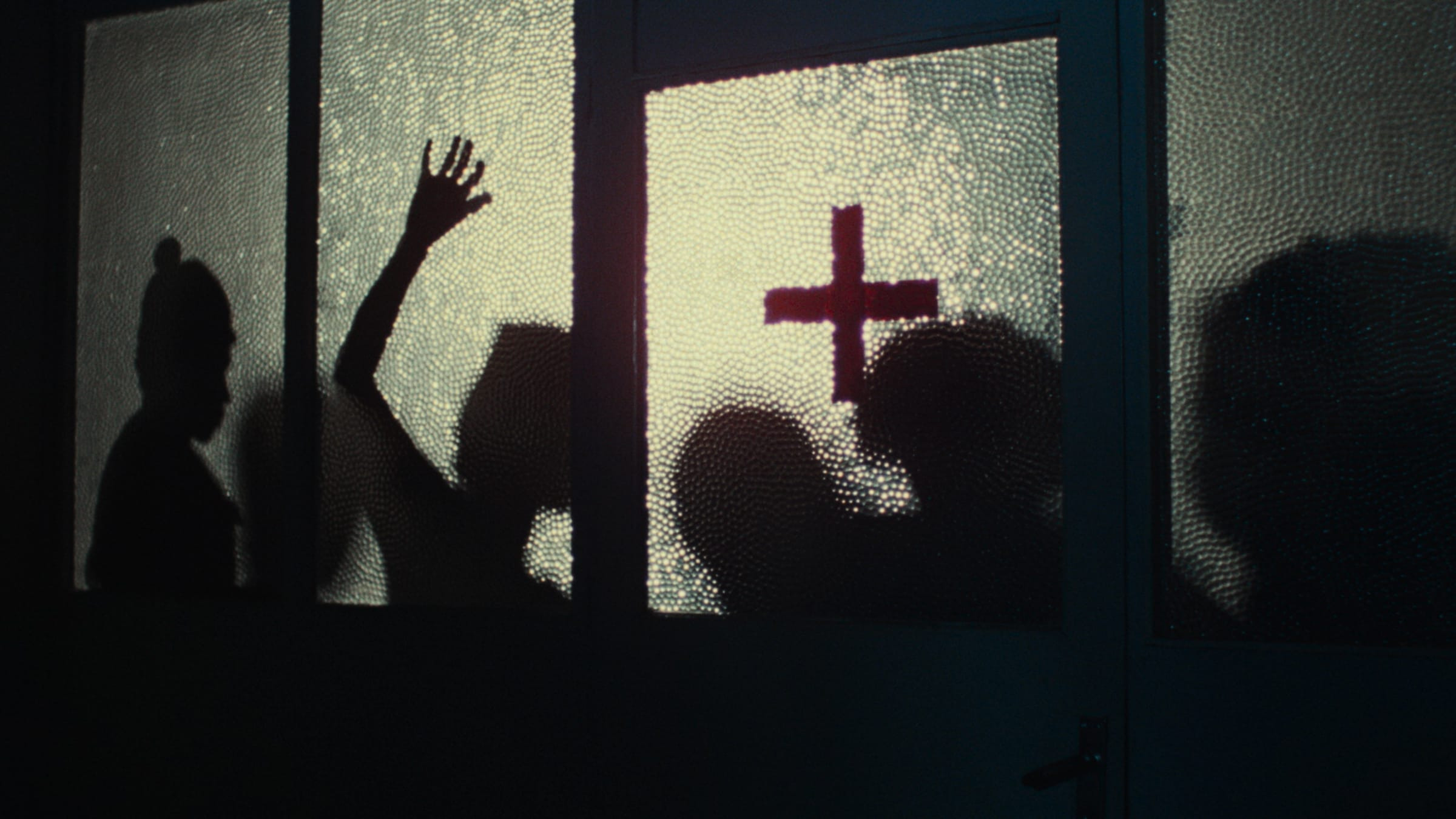Pixote: Out in the Streets

Pixote (1980), subtitled A lei do mais fraco (The Law of the Weakest), a hard-hitting tale of urban street children and their daily battle for survival in brutal conditions, was the Argentine-born Brazilian director Héctor Babenco’s third fiction feature, and the one that first brought him recognition outside of Brazil. Coproduced and distributed by the state-operated Embrafilme, it was seen by over two and a half million moviegoers worldwide.
The film was released toward the end of the period of military dictatorship in Brazil, which lasted from 1964 to 1985. This was a time of harsh censorship and silencing of dissent, during which many of the celebrated directors of the country’s experimental and often politically dissident Cinema Novo and Cinema Marginal movements (such as Glauber Rocha and João Silvério Trevisan) had been forced into exile or had resorted to making allegorical movies that, in Babenco’s view, failed to transmit a clear message to their audiences. He, on the other hand, wanted to engage directly with the public. His first narrative film, O rei da noite (1975), by his own admission a rather amateurish melodrama set in the bohemian underworld of São Paulo, made enough money at the box office to recoup its costs. Armed with a bigger budget, he followed O rei da noite with Lúcio Flávio (1977), which pushed the boundaries of censorship by portraying a real-life bank robber and his dealings with police-run death squads. The film was seen in theaters by at least five and a half million spectators.
The making of Pixote coincided with the presidency of the last of the generals, João Figueiredo, who continued the very gradual move toward redemocratization that began in the midseventies with abertura, or the “opening up” of the country. As the cinema scholars Robert Stam and Ismail Xavier have argued, the confluence of a more commercial cinema with this political liberalization led to what they term “abertura naturalism,” in which films could show sex and violence but also the political repression brought about by two decades of authoritarian government. Pixote—with its uncompromising portrayal of life in urban Brazil, where children communicate in street slang, consort with pimps and drug dealers, become victims of police brutality—is very much a part of this movement.
Pixote’s naturalism also borrows directly from a neorealist aesthetic that had been influential in Brazilian cinema from the late fifties on, as seen in the work of Nelson Pereira dos Santos and others. Like these earlier filmmakers, Babenco cast nonprofessional actors in Pixote, in the roles of the street kids. In an interview with George Csicsery published in Film Quarterly in 1982, the director acknowledged that he had deliberately sought to impart a documentary-like quality to the film, and described how he had tried to make the camera as unobtrusive a presence as possible, “to use it . . . only as much as was necessary to capture this reality.” However, there are also moments throughout the film when he breaks from this commitment to capturing an unmediated reality with formal choices that offer a kind of respite for the audience, whether through a forced spectatorial identification with the young Pixote, or through a series of drug-induced, palette-shifting fantasy sequences edited seamlessly into the narrative. In one such moment, an image of Pixote sniffing glue in a filthy reformatory bathroom gives way to a slow-motion one of him naked, illuminated by car headlights while being chased. In another, after sharing a joint with others, he emerges from semidarkness to behold a statue of a Black Madonna bathed in colorful lights, in a direct reference to Jorge Amado’s classic thirties novel of street kids in Bahia, Captains of the Sands. As he stares in wonder, the camera appears to pan around from within the multicolored neon beams that illuminate the altar on which the statue sits, such that Pixote replaces the Madonna in the image.







